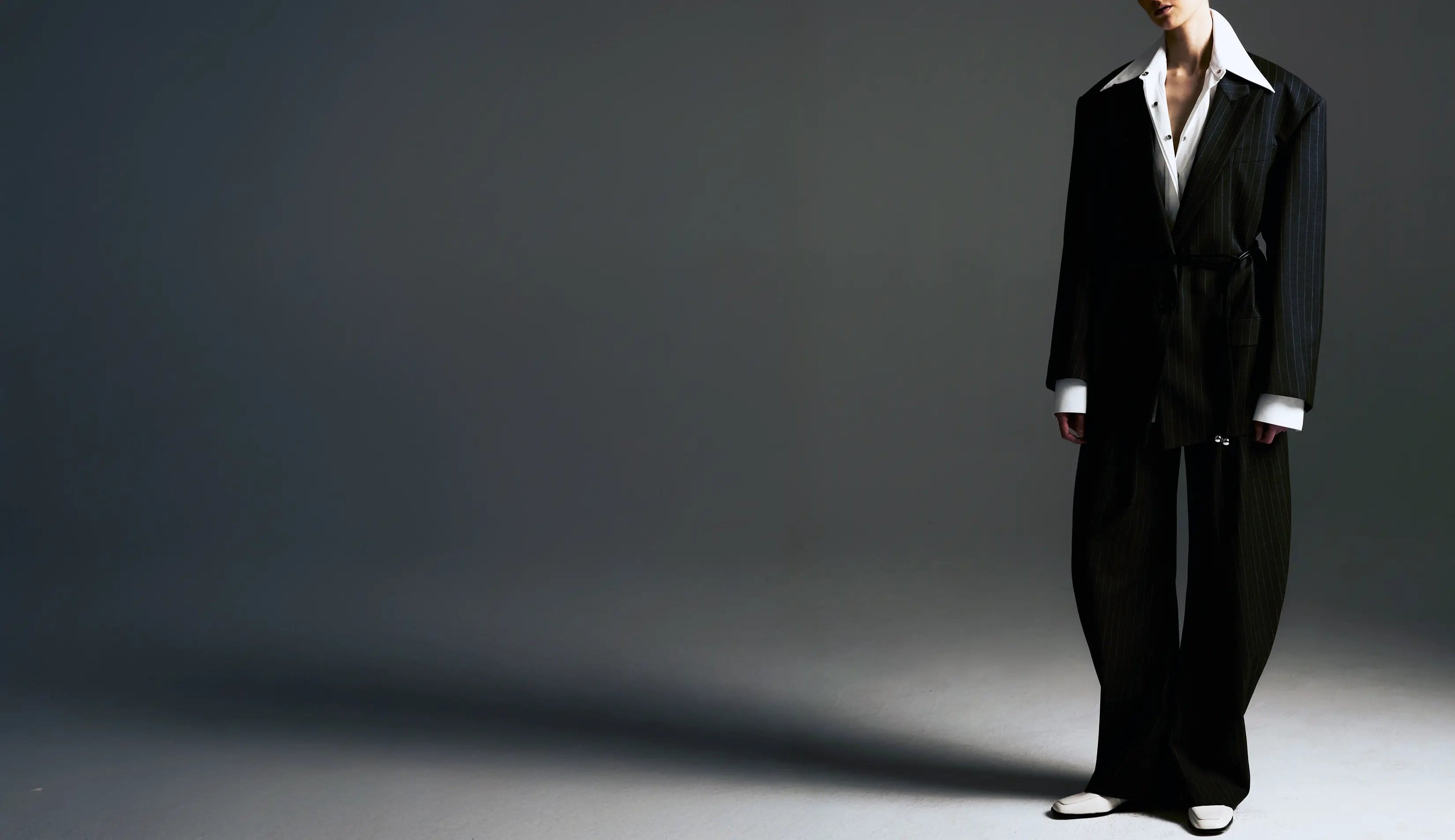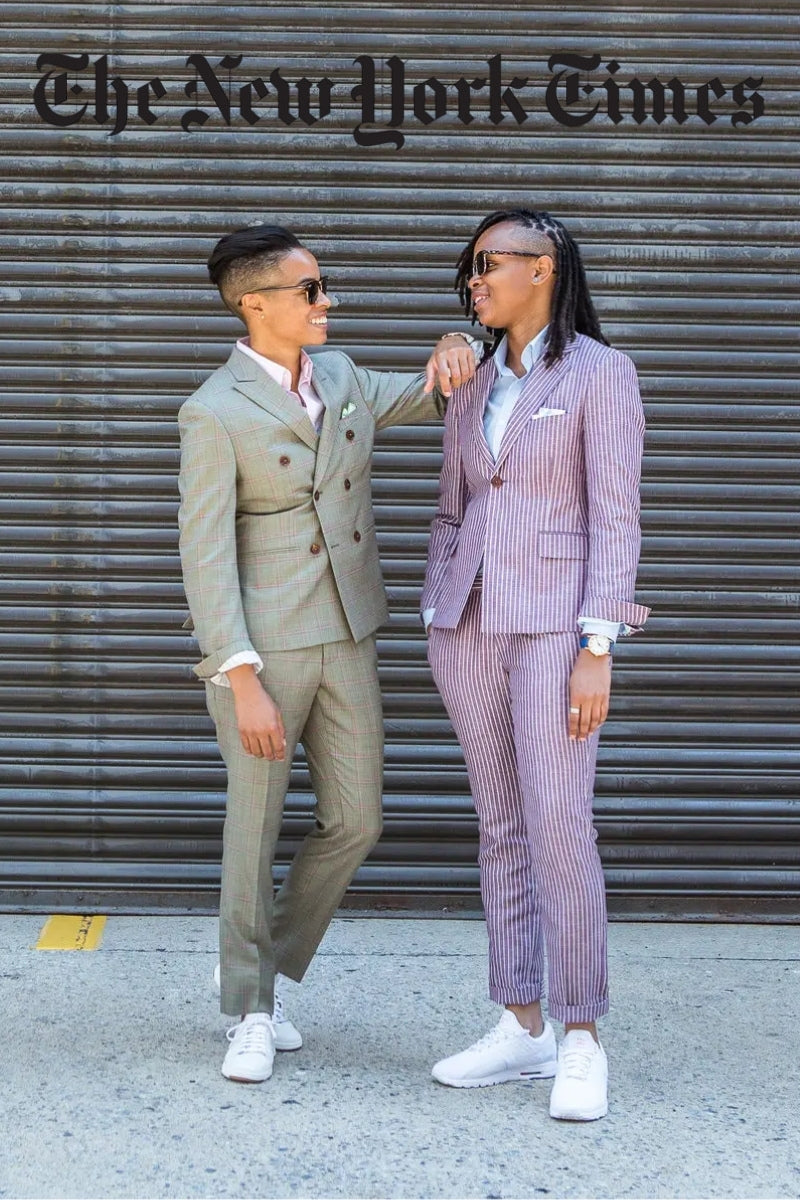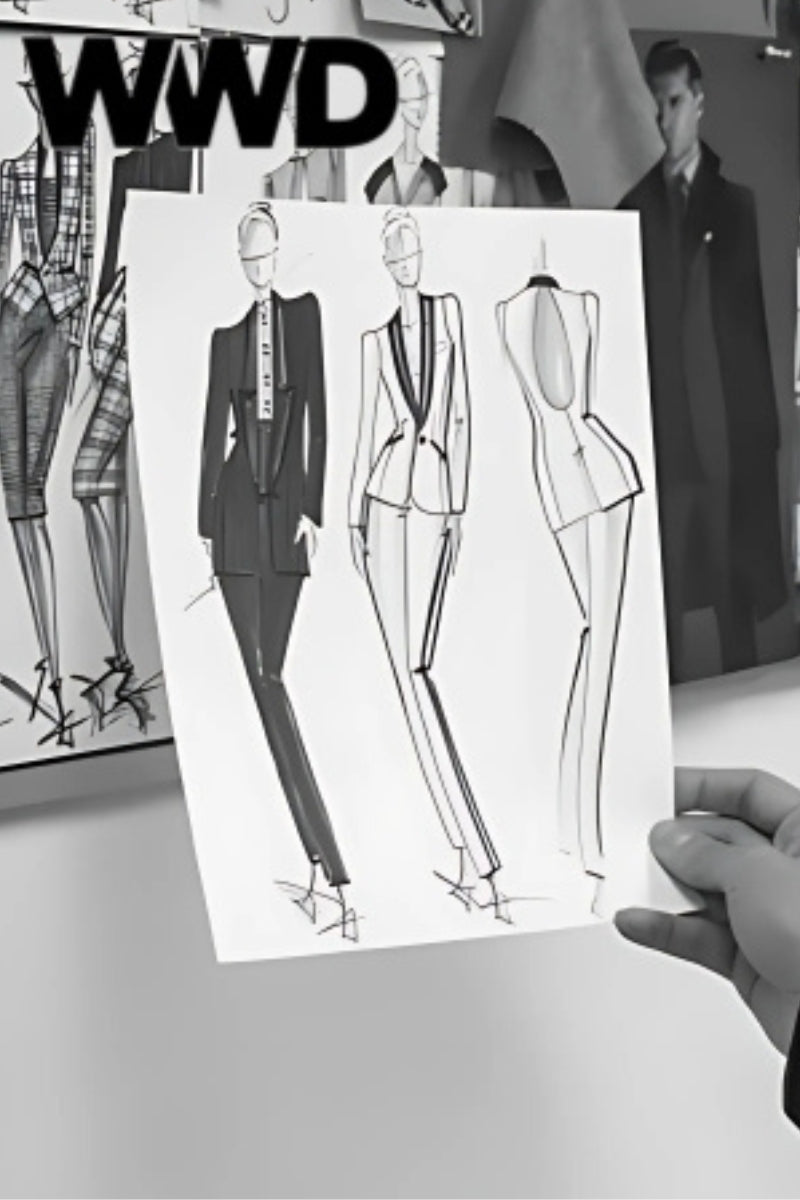Technical Precision Through Cultural Evolution
The bridal industry approaches graphic elements like record executives approached grunge in 1991—technically aware while missing the cultural frequency entirely. Real graphic integration requires understanding how design elements interact with construction fundamentals rather than treating visual components as surface decoration applied after pattern completion.
Hand-canvassed construction with floating chest pieces provides the dimensional foundation necessary for graphic applications that move with fabric rather than against it—the kind of technical precision that separates authentic craftsmanship from mass production the way analog recording separated Led Zeppelin from digital imitators. Princess seam construction accommodates chest binding while maintaining structured silhouettes, acknowledging body reality rather than forcing conformity to arbitrary sizing standards.
Japanese minimalism during the early 2000s demonstrated how single emblems positioned with architectural precision carry more cultural weight than American brands layering graphics like birthday cake decoration. The lesson transcended fashion—cultural authority emerges through restraint combined with technical mastery rather than visual volume.
Identity Expression Through Construction Innovation
Contemporary graphic jacket styling serves individuals whose professional presence requires navigating multiple cultural contexts simultaneously. From Williamsburg galleries to Tribeca corporate environments, formal wear needs to function across spaces where hip-hop and haute couture operate as equally legitimate cultural references.
Gender-neutral construction techniques—modified shoulder lines, princess seam adjustments for various chest configurations—work particularly well with graphic elements because visual disruption camouflages structural modifications that traditional tailoring approaches with obvious reluctance. Masculine-presenting clients who want structure without conventional menswear codes find that graphic applications create focal points that draw attention away from binding accommodation details while maintaining sharp professional silhouettes.
Fabric Behavior Through Cultural Intelligence
Graphic jacket styling succeeds through understanding material properties rather than following trend forecasts that treat visual elements as interchangeable decoration. Silk blends hold printed components differently than wool gabardine; this knowledge prevents the amateur execution that marks fashion-tourist behavior rather than genuine aesthetic literacy.
Proportion management becomes essential when graphics compete for attention within formal contexts. Oversized graphic blazers demand fitted bottoms because human visual processing requires anchoring points when interpreting complex information—not because stylists decided this combination looked appealing. Custom blazer dress silhouettes for wedding participants who reject traditional categories benefit from graphic placement that enhances rather than competes with structural tailoring decisions.
Color relationships extend beyond basic coordination into cultural associations that sophisticated observers process unconsciously. Neon applications reference specific decades and subcultures; understanding these connections prevents accidental costume effects rather than intentional cultural signaling.
The Reset Button Through Generational Perspective
Anyone who navigated the Polo revival during the late 90s recognizes how graphic elements can overwhelm personal expression rather than enhance individual identity. The industry created artificial complexity around visual applications the same way early internet culture made simple communication unnecessarily complicated—technical capability without cultural wisdom.
Contemporary graphic jackets function most effectively as cultural passports rather than allegiance declarations. Well-executed graphic integration communicates aesthetic sophistication without requiring verbal explanation—clothing that operates like vintage vinyl collections rather than obvious name-dropping.
Construction Quality Through Time Investment
Bespoke graphic applications incorporate techniques borrowed from textile arts—embroidery, appliqué, mixed-media elements that create dimensional effects impossible through mass production methods. These approaches require time investment and technical skill that immediately distinguish serious fashion choices from impulse purchasing decisions.
Construction quality reveals itself through aging patterns. Superior graphic elements develop character through wear, gaining patina that enhances rather than diminishes visual impact. Mass-produced alternatives deteriorate predictably, exposing their fundamental nature through cracking, fading, and delamination that professional cleaning cannot reverse.
Professional Context Through Cultural Fluency
The alterations industry treats graphic jackets like novelty items requiring special occasion justification—missing their utility as everyday pieces that communicate generational identity within professional environments. Someone wearing subtle geometric print blazers to business meetings signals different cultural knowledge than individuals in traditional navy wool, conveying information about aesthetic sophistication that resume details cannot capture.
Corporate environments increasingly accommodate professionals who grew up understanding that authenticity appears through multiple aesthetic languages rather than single approved formats. Graphic integration functions within larger wardrobe narratives rather than requiring standalone statement justification.
Broader Cultural Patterns
The graphic jacket's evolution from trend experiment to legitimate wardrobe element reflects broader shifts toward individual expression within established frameworks. Like jazz musicians working within chord progressions while creating personal interpretations, contemporary graphic styling allows creativity within sartorial conventions without rejecting technical foundations.
Understanding the tension between personal expression and cultural legibility separates effective graphic integration from fashion experimentation that confuses rather than communicates. The most compelling results honor both construction craftsmanship and cultural awareness, creating clothing that functions as aesthetic choice and cultural statement simultaneously.
The reset button keeps appearing because each generation rediscovers fundamental truths about personal style—authentic expression emerges through understanding established principles well enough to modify them intentionally rather than accidentally, the same way sampling transformed music without destroying musical structure.




